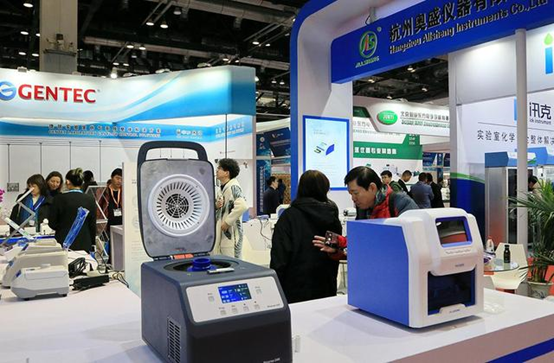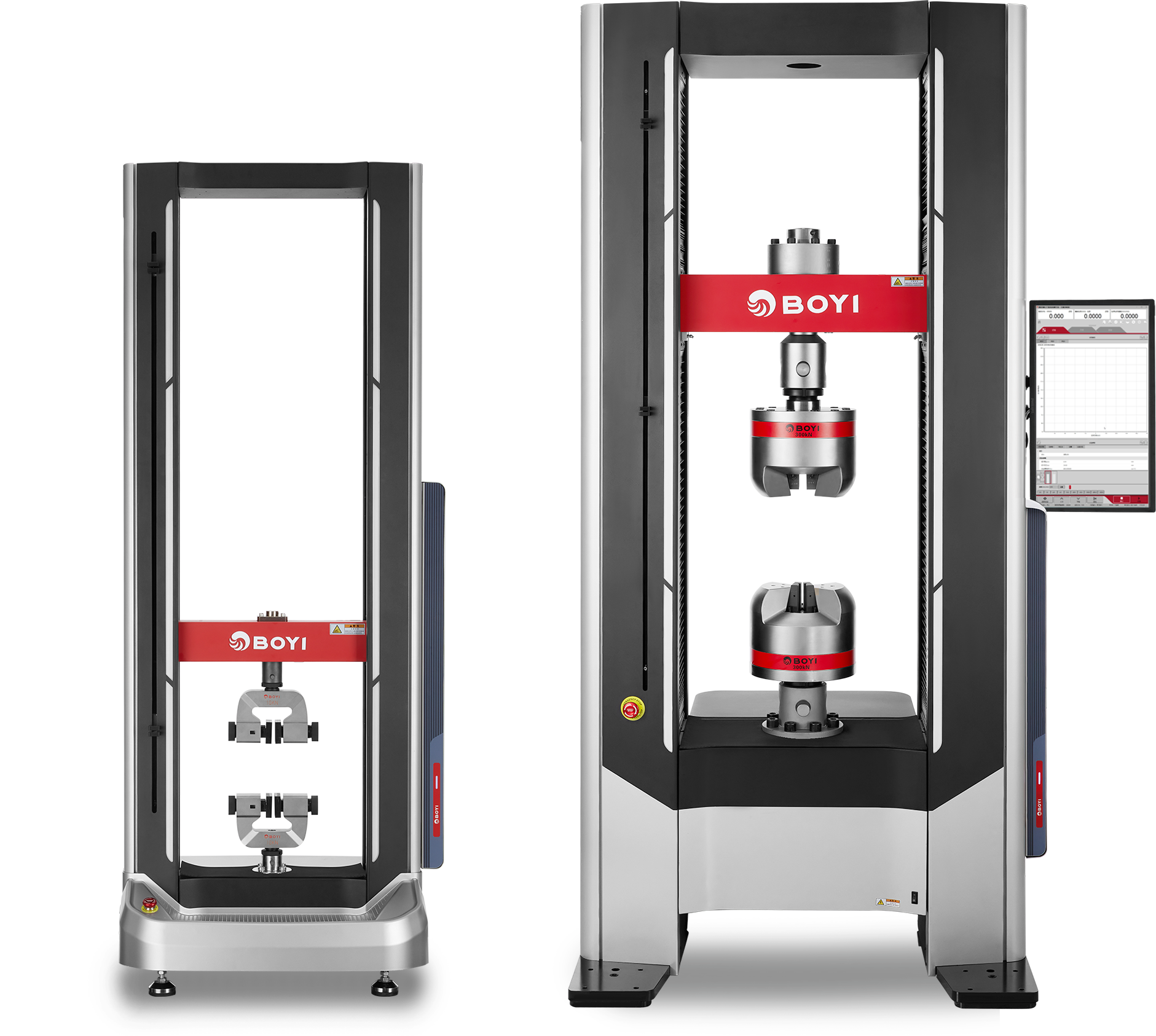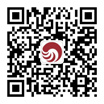
Researcher from the Chinese Academy of Sciences: Due to U.S. controls, the situation in China's scientific instrument sector is severe
Release Time:
2021-05-12 09:53
Recently, several researchers from the Documentation and Information Center of the Chinese Academy of Sciences published a paper stating that the situation of U.S. control over relevant technologies in China's scientific instrument field is very severe.
Since the China-U.S. trade conflict, the U.S. has on one hand placed Chinese institutions on the Entity List, and on the other hand restricted the export of key core technologies to China through legislation. As a result, the situation in China's scientific instrument field is not optimistic. As of December 2020, the U.S. issued a total of 4,510 clauses in the Commerce Control List (CCL) targeting China, of which over 42%—about 2,000 clauses—relate to the control of scientific instruments.
The paper cites reports stating that in 2018, out of 1,800 magnetic resonance spectrometers in China, only 50 were domestically produced, with imported instrument manufacturers holding a 97% market share.

Screenshot from China National Knowledge Infrastructure (CNKI)
The paper titled "Research on the Classification of U.S. Export Control of Scientific Instrument Technologies" was published on August 25, authored by researchers Chen Fang, Wang Xuezhao, and others from the Documentation and Information Center of the Chinese Academy of Sciences. The main content of the paper uses specific analytical tools and methods to compare and analyze the U.S. "dual-use" Commerce Control List with China's scientific instrument classification system, revealing the current state of control over China's scientific instrument field.
So what is the current state of China's scientific instrument field? The paper bluntly states in the summary: "It reveals that the situation of U.S. control over relevant technologies in China's scientific instrument field is very severe, with 42.08% of the list clauses involving control over scientific instruments."
The 42.08% figure was obtained through bibliometric analysis. The paper found that the U.S. Commerce Control List has a total of 10 major industry categories, each divided into 5 subcategories of goods. As of the latest version in December 2020, there are 4,510 clauses in total, of which 1,898 clauses relate to scientific instruments under China's classification system, accounting for 42.08%.
Specifically, the most strictly controlled subcategory is "end products, equipment, or components" under the "sensors and lasers" major category, with 678 control clauses, followed by the "test, inspection, and production equipment" subcategory under the "material processing" major category, with 339 control clauses.

March 28, 2019, Beijing National Convention Center, the 17th China International Scientific Instrument and Laboratory Equipment Exhibition. Photo from Visual China Group.
Additionally, through cluster analysis, the paper found that among China's 12 categories of scientific instruments, analytical instruments, process experimental equipment, and electronic measuring instruments are widely controlled; lasers and nuclear instruments are traditionally controlled fields; while medical diagnostic instruments and atmospheric detection instruments have smaller control scopes.
The paper mentions that there are 600 medical diagnostic instruments in the Ministry of Science and Technology's classification system, almost all imported from the U.S., Germany, and Japan, with very few domestic instruments. The analysis suggests that the U.S. does not see this field as a threat and therefore does not control it. However, after the pandemic, instruments related to biochemical testing and virus vaccines in this field may become new areas of control.
The paper finally emphasizes that U.S. export control policies have a profound impact on China, to some extent restricting the depth and level of China's scientific research, industrial manufacturing, and military development.
Therefore, the paper suggests that China should continue to insist on independent research and development in fields that have long been strictly controlled; in fields where control has gradually increased since the trade war, seek international multilateral cooperation and breakthroughs, such as starting with countries like Russia, Germany, and France; in lightly controlled fields, prepare in advance with state-led "backup" plans to gradually improve the level of scientific instruments.
On August 31, Hong Kong's South China Morning Post published an article titled "Chinese Scientists 'Struggle to Obtain Instruments Due to China's Export Controls'", which also cited this paper, emphasizing the difficulties Chinese scientists face in obtaining scientific instruments.
The article points out that none of the world's top 20 scientific instrument suppliers are Chinese companies, and quotes a physicist working at a national-level quantum research institution in Hefei, Anhui, saying they are still waiting for the U.S. to permit the export of related instruments, and that the process of finding other alternatives is not only difficult but also time-consuming.

Screenshot of South China Morning Post report.
In fact, the issue of China's reliance on imported high-end scientific research instruments has received high attention from relevant departments. On March 12 this year, the "14th Five-Year Plan for National Economic and Social Development of the People's Republic of China and the Long-Range Objectives Through the Year 2035" was officially released, clearly stating the need to strengthen the research, development, and manufacturing of high-end scientific research instruments and equipment.
On March 19, the Ministry of Industry and Information Technology, together with relevant departments, drafted the "Medical Equipment Industry Development Plan (2021-2025)", which successfully passed expert review. It clearly requires the development of high-end imaging diagnostic equipment, breakthroughs in high-end cell analysis equipment based on new generation cell labeling and microfluidic analysis technologies, multifunctional integrated testing and analysis equipment, high-performance biochemical analysis equipment, immunoassay instruments, mass spectrometry equipment, and more.
Additionally, to implement the 14th Five-Year Plan, the state has launched a special project for "Basic Scientific Research Conditions and Major Scientific Instrument Equipment Development", planning to allocate a national budget of 539 million yuan, focusing on the localization of key core components as a breakthrough, and prioritizing the research and development of instruments such as glow discharge mass spectrometers, third-generation gene sequencers, and ultra-high resolution live cell imaging microscopes.
This article is an exclusive piece by Guancha.cn. Unauthorized reproduction is prohibited. [Text/ Guancha.cn Liu Qian]
Recommended News
Welcome to the Testing Machine Configuration Assistance System!
Thank you for using this system.
Just answer a few questions about the test to create a test system suitable for you.

If you have multiple answers to a question, please choose the most important one.
If you have any matters to confirm, please click this button to contact us.
CONTACT US



